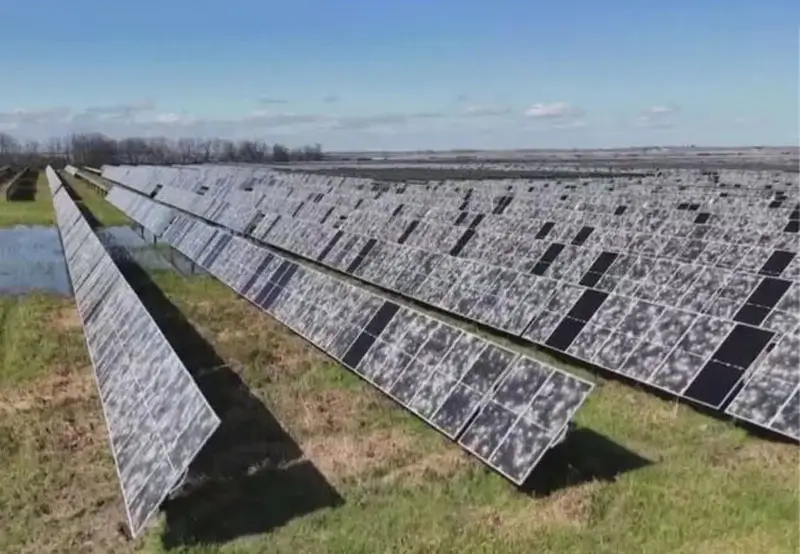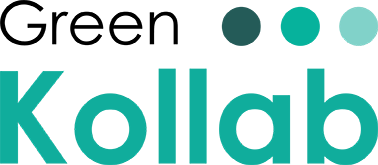Top 5 Causes of Glass Breakage in Solar Modules
Solar power is an effective and renewable means of minimizing fossil fuel reliance. At the core of each solar panel is its glass cover, which has the role of shielding the photovoltaic (PV) cells from the elements. Solar panel glass breakage can, however, greatly affect the performance and longevity of a solar module, calling for expensive repairs or replacement.

Cracks and fractures in glass on solar panels not only decrease energy output but may also expose interior elements to moisture and contaminants, speeding up degradation. Knowledge of the main causes of solar panel cracking is very important for long-term performance and reliability. In this guide, we cover the top five reasons for solar panels cracking: mechanical stress, thermal variations, low manufacturing quality, external impacts, and installation errors. By determining these vulnerabilities, solar panel installers and owners can proactively take action to avoid solar panel defects and optimize system performance
1. Mechanical Stress and Load
Mechanical stress is one of the most frequent reasons for solar panel glass breakage. There are several reasons for excessive stress on solar panels, and microcracks and fractures develop through them over time.
Key Mechanical Stress Factors:
- Wind Pressure: High wind can impose considerable pressure on solar panels, particularly in regions where storms or hurricanes are common. Panels that are not properly anchored could bend excessively and sustain structural damage.
- Snow Accumulation: Excessive snowfall puts additional weight pressure on solar panels. If left untouched, the added weight has the potential to cause stress fractures.
- Improper Handling: Mishandling during installation and transport introduces microcracks, which become visible solar panel defects later.
- Uneven Weight Distribution: Panels that are under localized pressure (e.g., stepping on the panel) can be subject to internal glass fractures.
Prevention Tips:
- Install panels on robust mounting structures designed to withstand regional wind and snow loads.
- Avoid applying excessive force when handling solar panels.
- Regularly inspect for microcracks, especially after extreme weather events.
2. Thermal Stress and Temperature Variations
Sudden and extreme temperature fluctuations can lead to solar panels cracking due to thermal expansion and contraction. Given the fact that solar panels are exposed to different weather conditions, the possibility of thermal stress arises.
How Temperature Variations Cause Damage:
- Day-Night Cycles: During the day, solar panel glass expands due to heat, and at night, it contracts. Over time, this cycle weakens the glass.
- Seasonal Temperature Extremes: In regions with harsh winters and scorching summers, solar panels experience higher stress due to continuous expansion and contraction.
- Rapid Weather Changes: If a cold panel is suddenly exposed to direct sunlight or a hot panel encounters rain, the abrupt temperature change can cause stress fractures.
Prevention Tips:
- Use high-quality, tempered glass designed for extreme temperature conditions.
- Choose panels with anti-reflective coatings that help regulate heat distribution.
- Ensure proper ventilation around panels to reduce overheating risks.
3. Poor Manufacturing Quality
Faulty glass production is also a top reason for solar panel damage. Poor materials or manufacturing defects may compromise the structural stability of the glass, increasing vulnerability to shattering.
Common Manufacturing Defects:
- Poor Quality Tempered Glass: The poor-quality glass is more susceptible to shattering when subjected to stress.
- Material Inconsistencies: Differences in glass composition can cause areas of weakness that break more readily.
- Faulty Lamination: If encapsulation layers are inadequately bonded, they will eventually disengage from each other and make the panel more susceptible to harm.
Prevention Tips:
- Purchase solar panels from reputable manufacturers with strict quality control measures.
- Verify certifications and product testing reports before installation.
- Conduct regular maintenance checks to identify early signs of manufacturing defects.
4. Impact from External Forces
External impacts, such as hail damage on solar panels, falling debris, and accidental collisions, can cause severe glass breakage.
External Forces That Cause Damage:
- Hailstorms: Big hailstones may damage or break solar panel glass, decreasing energy efficiency.
- Tree Branches and Debris: Debris falling from the storm or strong winds can cause impact fractures.
- Accidental Damage: Animals, equipment, or maintenance accidents can cause unforeseen glass breakage.
- Vandalism: Intentional harm in some instances is possible in unprotected installations.
Prevention Tips:
- Use hail-resistant solar panels with reinforced glass.
- Trim overhanging tree branches near solar installations.
- Install protective mesh or barriers in high-risk areas.
- Place solar panels in secure locations, away from potential physical threats.
5. Installation and Mounting Errors
Improper installation is another major contributor to solar panel defects. If mounting frames and fasteners are incorrectly positioned, they can create uneven pressure points, leading to cracks over time.
Common Installation Mistakes:
- Incorrect Frame Fitting: Glass experiences stress concentrations from frames that are either too tight or too loose.
- Pressure Points: Mounting screws that apply excessive force in specific areas can lead to microfractures.
- Poor Structural Support: If the mounting structure is weak or misaligned, panels may flex excessively, increasing the risk of breakage.
Prevention Tips:
- Hire experienced professionals for solar panel installation.
- Use mounting systems designed for the specific panel type and environmental conditions.
- To avoid panel shifts and misalignment, check and tighten mounting components on a regular basis.
Conclusion
Understanding the primary causes of solar panel glass breakage is essential for maintaining efficiency and longevity. The five major culprits—mechanical stress, thermal stress, poor manufacturing, external impacts, and installation errors—can all contribute to solar panel damage if left unaddressed.
Key Takeaways:
Proper handling, installation, and maintenance lower the risk of solar panels cracking. High-quality, durable panels minimize the risk of hail damage on solar panels. Regular inspections identify early stress signs and avoid defects in solar panels.
Best Practices for Prevention:
- Use high-grade tempered glass panels.
- Guarantee proper installation with right mounting methods.
- Use shields or barriers to protect solar panels from outside influences.
- Watch for symptoms of stress fractures, particularly following severe weather conditions.
By adhering to these strategies, the owners of solar panels can prolong the life of their systems, optimize energy efficiency, and prevent expensive repair bills. Putting durability and good maintenance as your first priority will guarantee your solar investment to keep pumping clean energy for the long term.
Frequently Asked Questions (FAQs)
Look for visible cracks, reduced energy output, or water ingress under the glass. Regular inspections can help detect issues early.
Not necessarily. Minor hail impacts might not affect performance, but significant cracks may require replacement to prevent further damage.
Yes, but their efficiency will be compromised. Damaged glass can lead to moisture infiltration, further reducing performance.
Use high-quality tempered glass, install protective barriers, and regularly inspect for damage, especially after storms.
No, professional assessment is recommended to ensure proper repairs and prevent additional damage.












